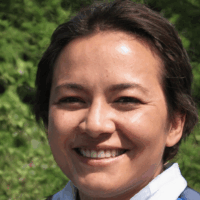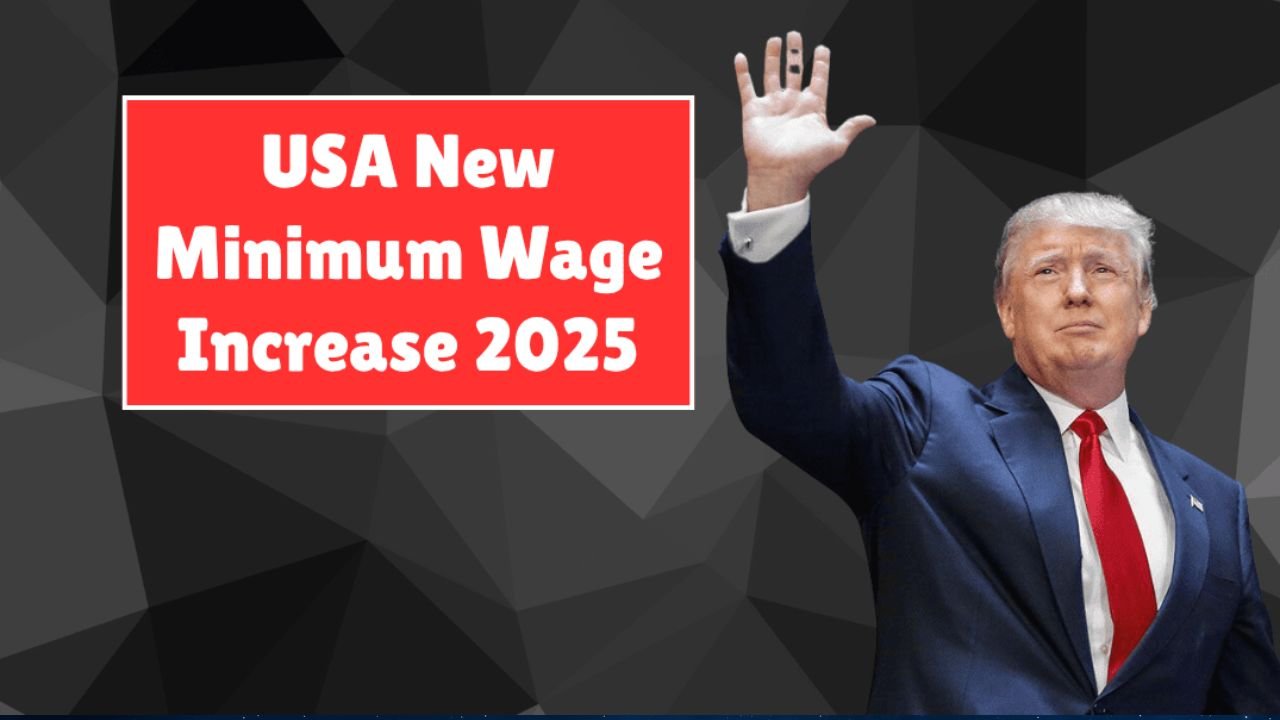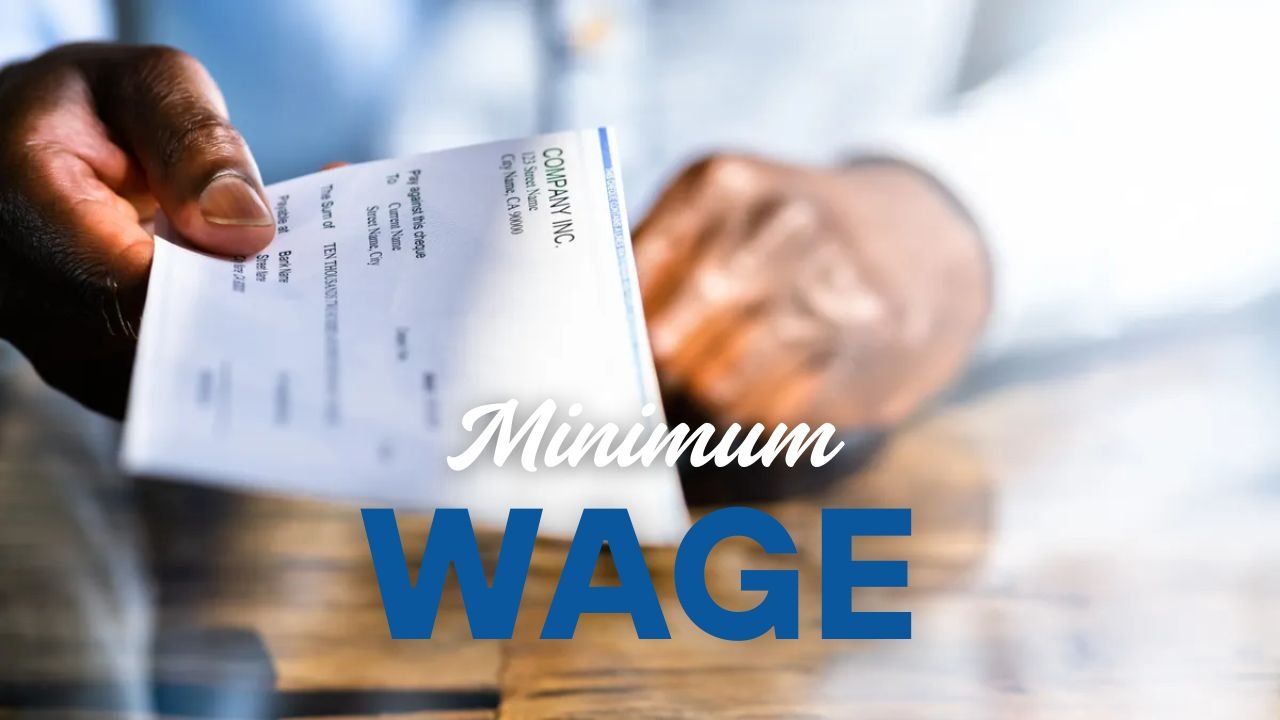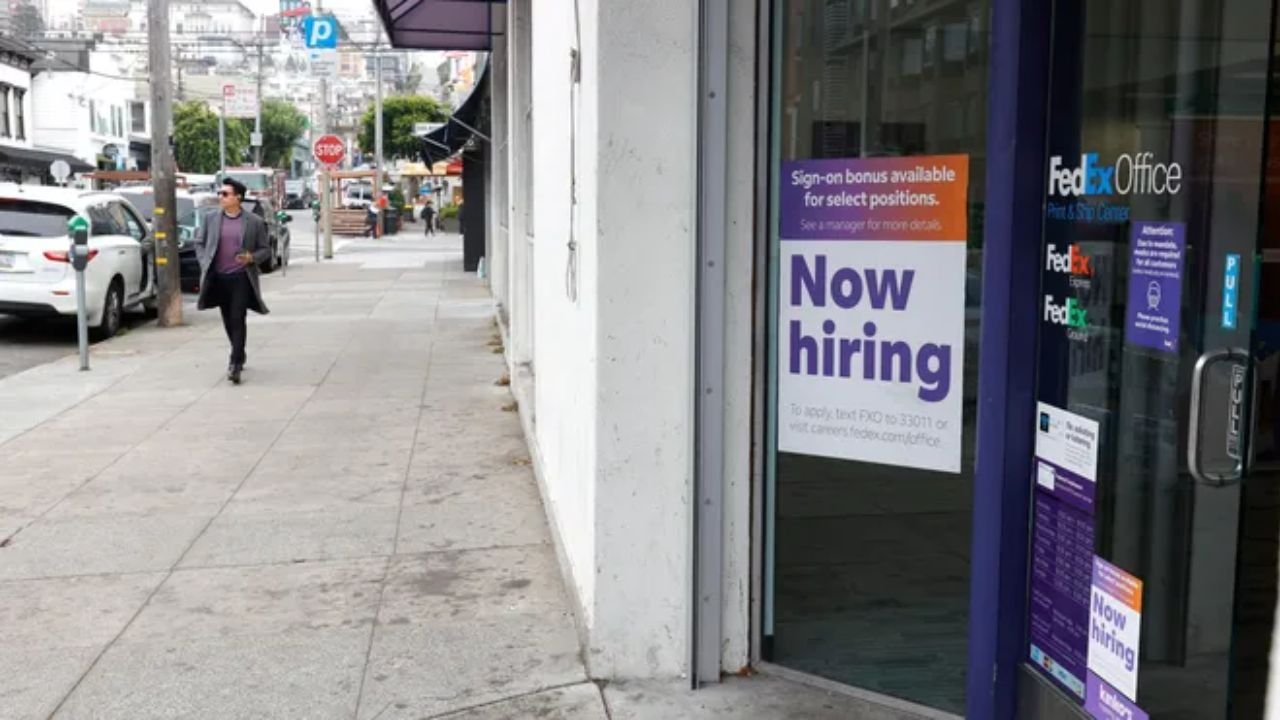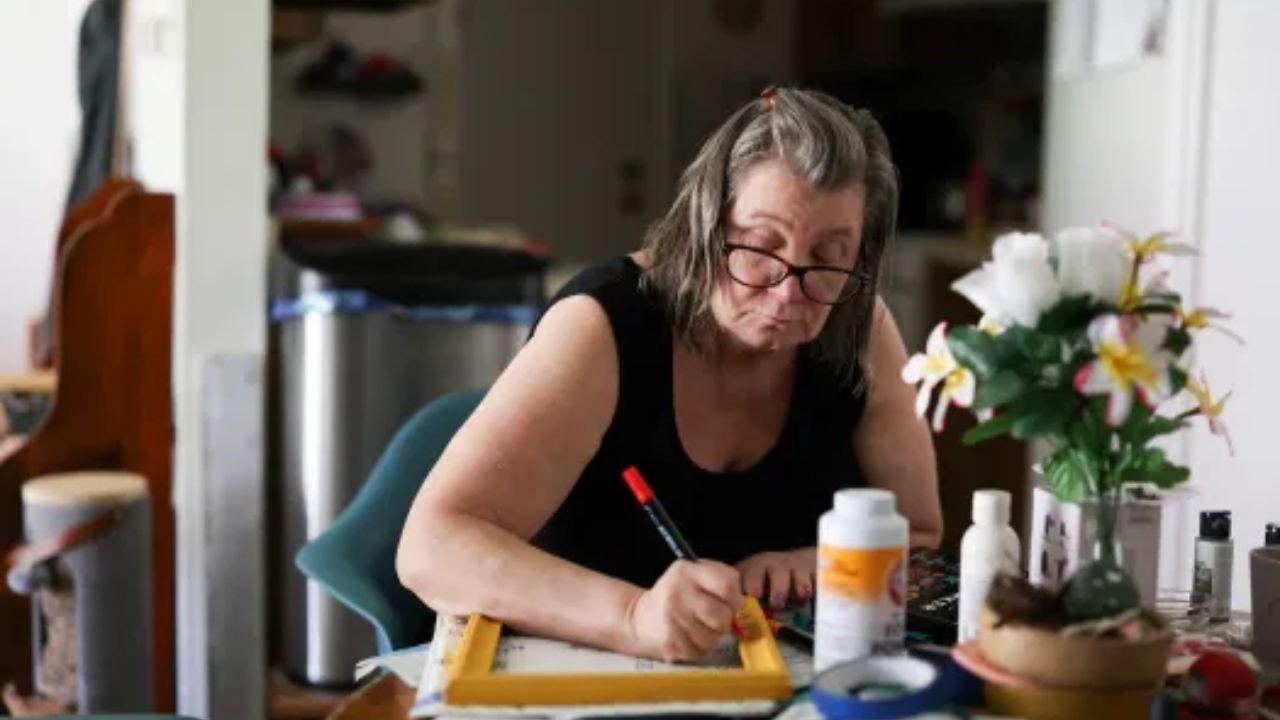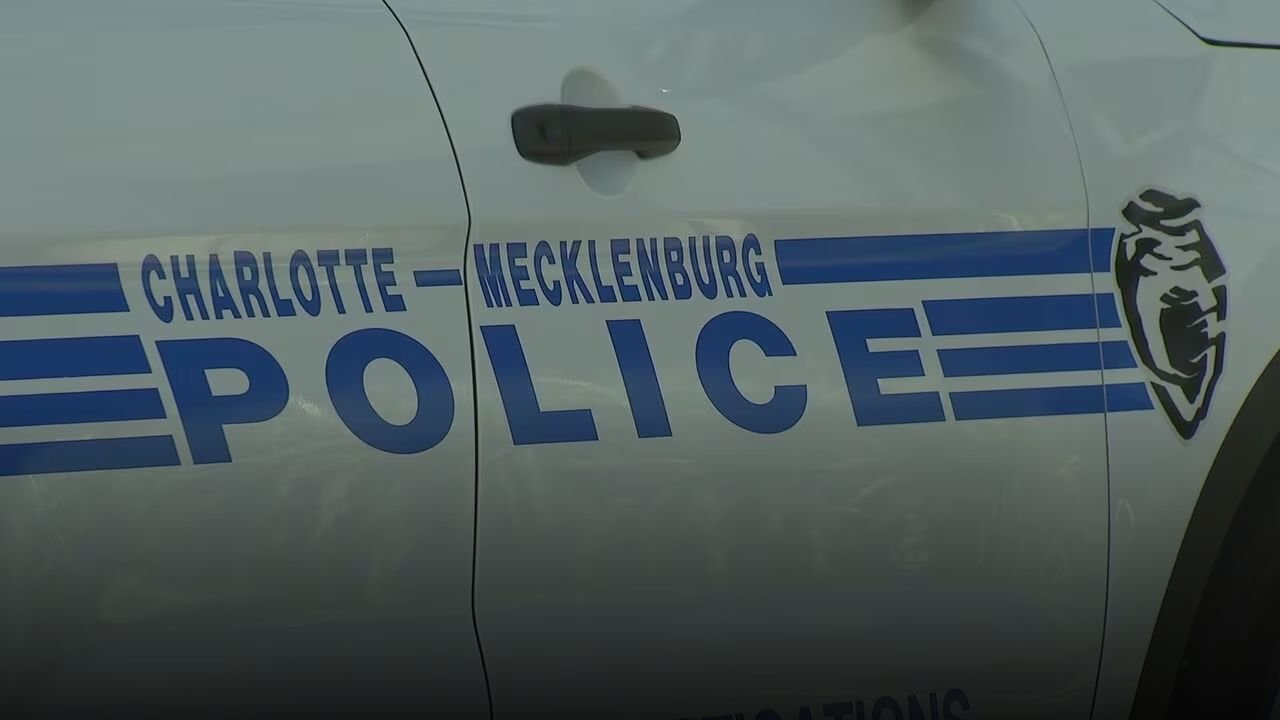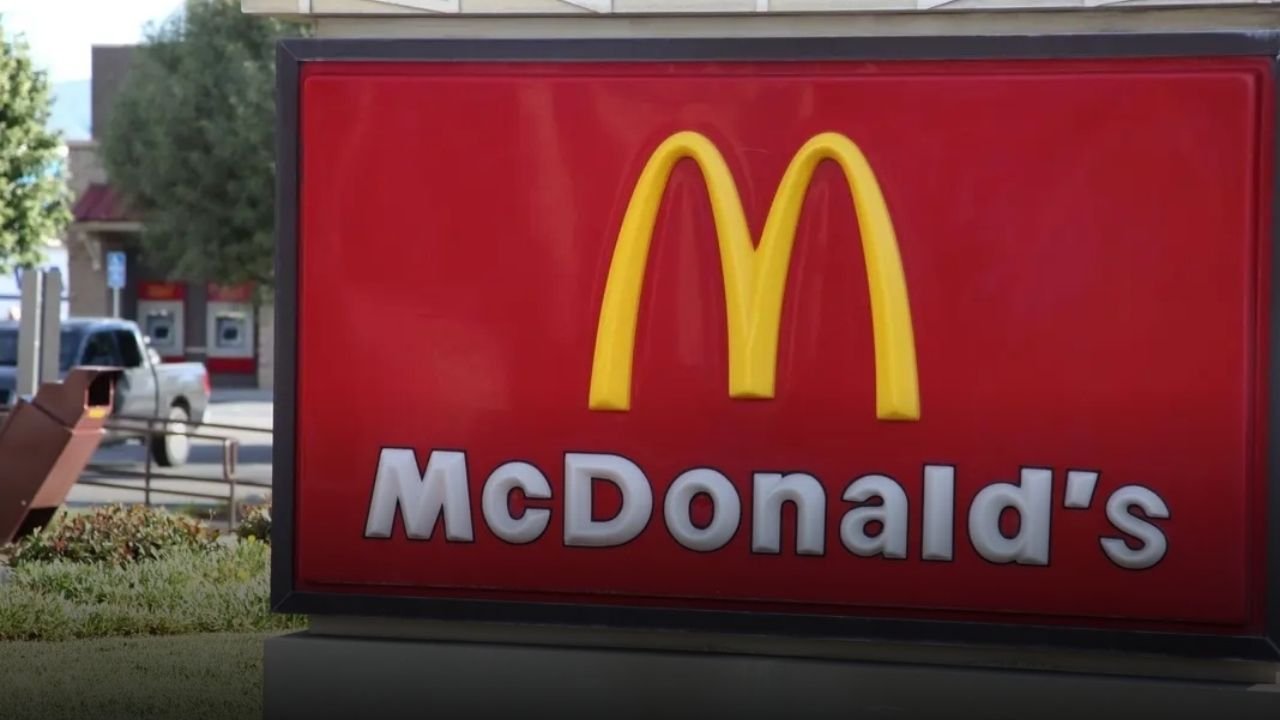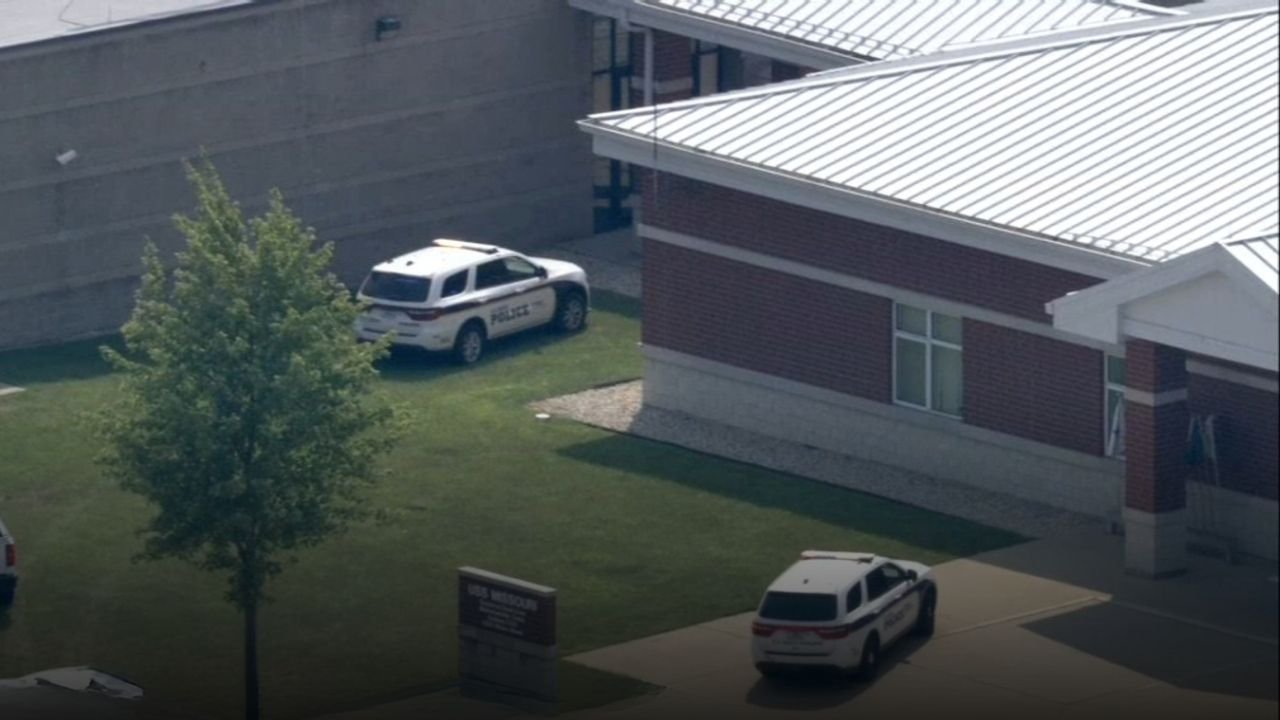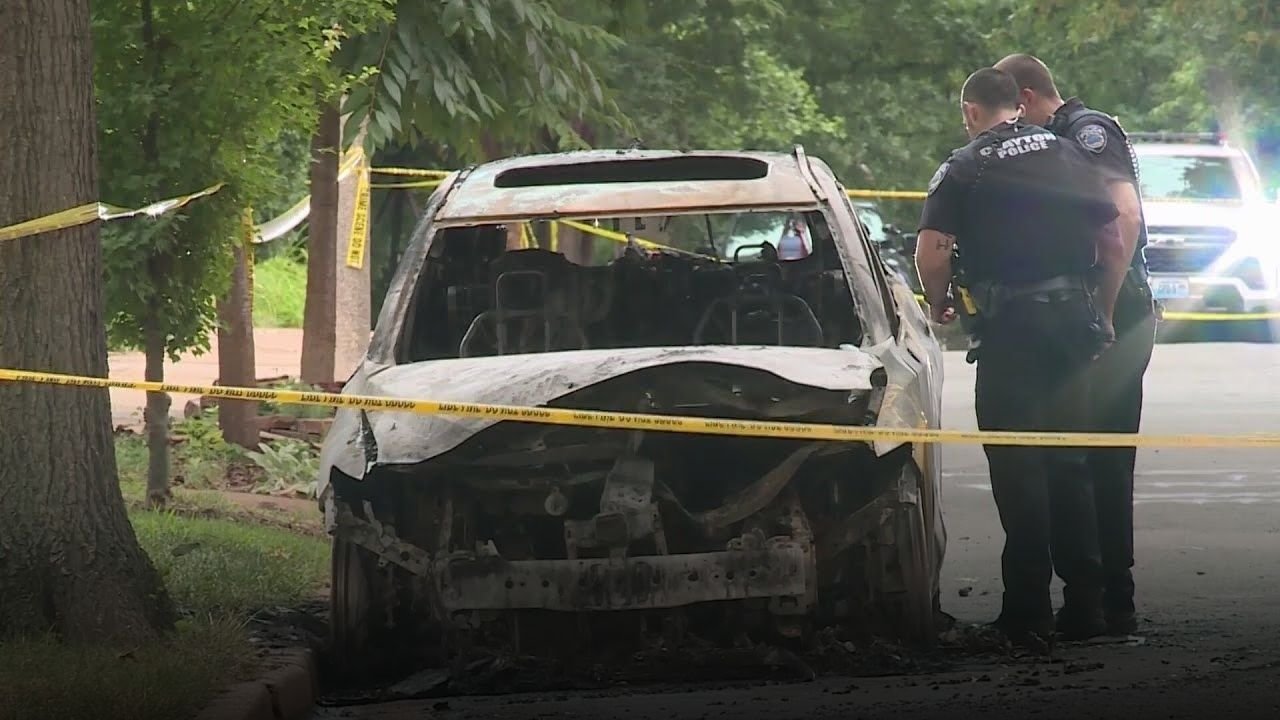CHICAGO — Cook County has erased nearly $665 million in medical debt for more than 557,000 residents since launching its relief program in 2022, making it a national model for addressing medical financial hardship, especially among Black, immigrant, and low-income communities.
A Bold Health Equity Strategy Since 2022
The initiative, spearheaded by Cook County Board President Toni Preckwinkle, aims to support residents most impacted by the economic fallout of COVID-19. The program prioritizes residents in Chicago’s South and West sides and South and West suburbs, where unpayable medical bills are a leading cause of stress, financial ruin, and bankruptcy.
“This has been a real boon to a substantial number of our residents,” said Preckwinkle. “This is what the Biden administration intended — real impact on lives after a cataclysmic health and economic crisis.”
How The Program Works
The county partners with Undue Medical Debt, a nonprofit that buys uncollectable medical bills for pennies on the dollar and forgives the full amount. With just $1, the nonprofit can relieve up to $100 or more in medical debt.
-
Qualifying residents do not apply — they receive letters notifying them that their debt has been forgiven.
-
Eligibility includes:
-
Individuals earning up to 400% of the federal poverty level (~$62,000)
-
Or medical debt that exceeds 5% of their annual income
-
As of mid-2025, the average debt cleared ranged from $600 to $4,000 per person, depending on location.
Funded by Federal COVID Relief
Cook County allocated $9 million from its federal American Rescue Plan (ARPA) funds for this program, originally budgeting $12 million before reducing that amount after the State of Illinois announced a similar initiative.
“Communities of color tend to be disproportionately impacted,” said Matt Richards, Deputy Chief of Staff for Health. “This program is helping restore financial dignity where it’s needed most.”
So far, two-thirds of the budgeted amount has been spent, with up to $1 billion in total debt forgiveness expected before the end-of-2026 deadline to use federal relief funds.
A National Movement
Cook County’s success mirrors similar efforts in other cities like New York City, which have also used local or federal funds to erase billions in debt. According to a KFF Health Policy report, 1 in 12 Americans — roughly 20 million people — currently carry some form of medical debt.
-
Many of them are insured but still face high deductibles and out-of-pocket costs
-
Debt is especially prevalent among Black and Latino households, rural families, and those living paycheck to paycheck
A 2023 report from WBEZ found that medical debt disproportionately affects Black and immigrant communities in Illinois, depleting savings and causing long-term health stress.
What’s Next?
The county will review whether it should continue the debt relief program beyond 2026, potentially using local funding after federal dollars expire. For now, relief letters continue to be mailed out across Cook County — providing much-needed economic and emotional relief to families burdened by years of unpaid medical bills.
Have you or someone you know received a letter erasing your medical debt? What impact did it have on your life? Share your experience in the comments.
Stay with ChicagoSuburbanFamily.com for trusted local coverage on healthcare, financial equity, and government relief programs.


